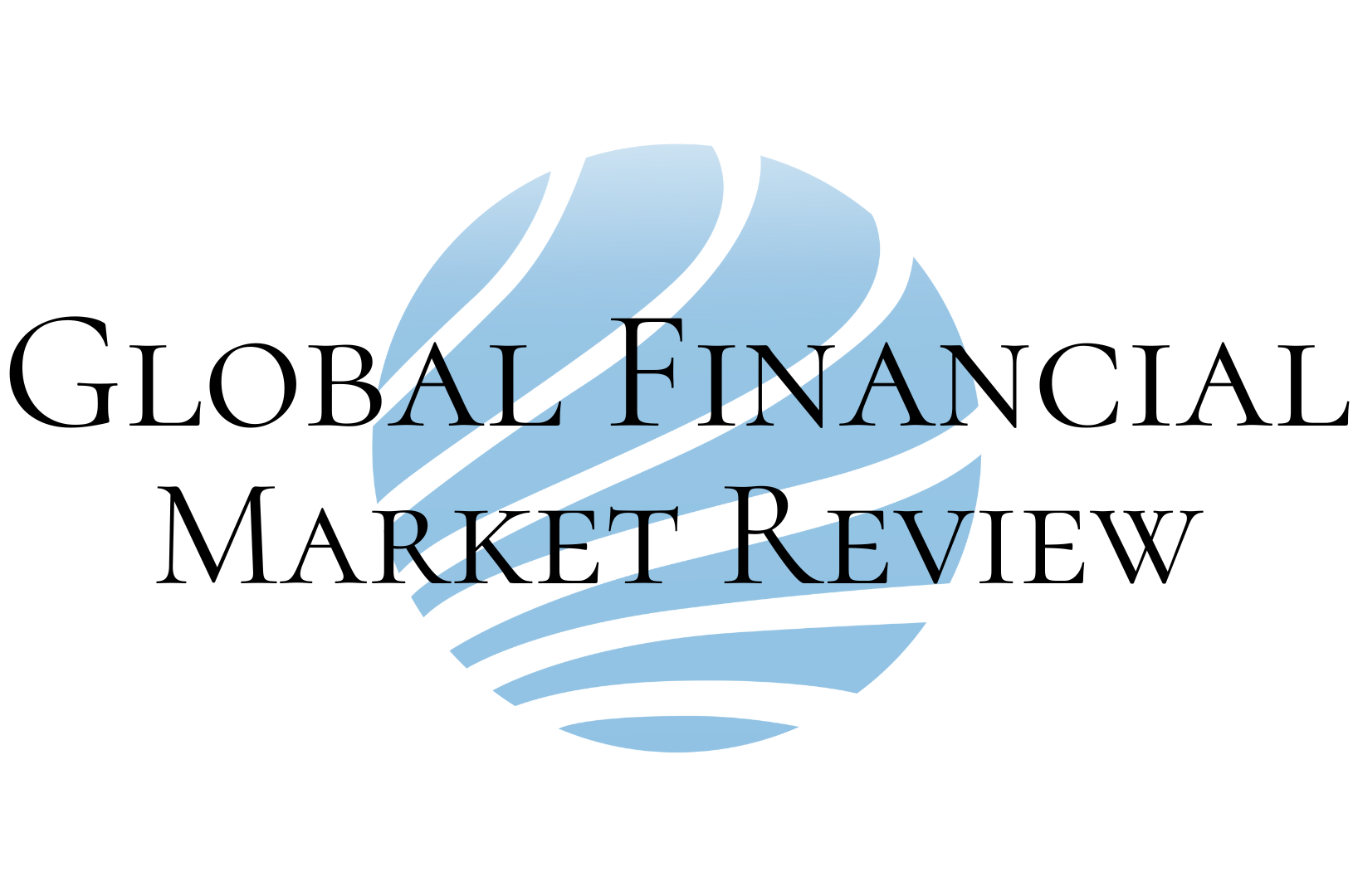Mister Mortgage discusses how to use equity to finance a second home and how a bridging loan works in the Netherlands.
Do you have plans to sell your current home and buy a new home? First, you need to decide whether you want to sell your existing home and move into your new home or find a new home and proceed with the sale of your current home later on. How does it work financially when you already have a mortgage? Do you want to use your equity to buy your second home?
What is equity?
Mortgage equity is the difference between what you owe to the mortgage lender and the house's value. By making repayments to the lender every month, you are increasing the equity in your home. If the value of a property has grown, it means you have built positive equity, and you can withdraw the equity to buy a second home.
What is negative equity?
When a mortgage is higher than the value of a home, the equity is negative. Negative equity is usually a result of housing prices drastically decreasing. Your home is onder water (underwater) if the mortgage is higher than the collateral.
Can I use equity to buy a second home?
Yes, you can use home equity to purchase a second property. Equity can be used to minimise the costs of buying a second home.
How to increase the equity of a property
You can increase the equity of a property when:
- You make monthly payments to your mortgage lender
- The property value increases if the housing market is strong
- You renovate and make improvements to your home
How do you calculate the equity of a property?
Contact a real estate agent to find out the value of your home. Similar properties for sale in the neighbourhood can also give you insights into the value of your home.
Dutch housing market 2021
The Dutch housing market continues to perform strong. Low interest rates are the crucial driver to higher prices which usually results in positive equity. One of the leading Dutch banks expects housing prices to rise by 12,5 percent in 2021 and five percent in 2022.
What is a bridging loan
A bridging loan is a short-term loan that can help you bridge the gap between the purchase price of your new house and keeping your current mortgage until your old one sells. It allows you to use the equity in your current house for the down payment on your new home. You pay (triple) monthly payments as long as the bridging loan is active: the expenses of your current mortgage, the costs of your new mortgage, and the interest on your bridge loan. As a result, the mortgage provider will always check to see if you can afford triple mortgage payments.
How do bridging loans work?
You can arrange a bridging loan with your current lender. Bridging loans are not always simple to obtain since lenders consider this type of financing risky. The moment your home is sold, the bridging loan is paid back. You are not permitted to use the loan for any other purpose. A bridging loan might last anywhere from one to two years. Some banks have even shorter terms.
What is the maximum bridging loan amount?
The credit is used to fund the equity in your house. To determine the equity, a valuation is required. In most banks, the maximum credit amount is 90 percent of the assessed value.
Monthly costs and bridging loan
You pay an interest rate on a bridging loan which varies per mortgage lender. For this reason, the monthly payments will be higher. The bridging mortgage interest is tax-deductible. When you sell your old house, you pay it off. It is highly recommended to consult a mortgage advisor to see whether you can afford the fees. Keep in mind that the sale of your last house may take longer than you predict.
Advantages of a bridging loan
The advantages of a bridging loan are as follows:
- You can use the time to sell your home without feeling pressured
- Your equity can be used to help you purchase a new house
- A bridging loan is helpful when you want to finance a new home
- When your home is sold, you can pay off the credit right away
Disadvantages of a bridging loan
The disadvantages of a bridging loan are as follows:
- The costs of your current mortgage, your new mortgage, and your bridging loan are all higher during the bridging loan period
- Mortgage lenders do have different requirements for bridging loans
- Some mortgage lenders require you to sell your home within six to 24 months
- The interest rate is slightly higher than a regular mortgage
Mister Mortgage offers financial advice for first-time homebuyers, people moving homes, and buy-to-let and refinancing opportunities. They believe in transparency, integrity, and growth for a bright future. Please schedule a call with the Mister Mortgage team or visit their website to find more information about mortgages in the Netherlands.


